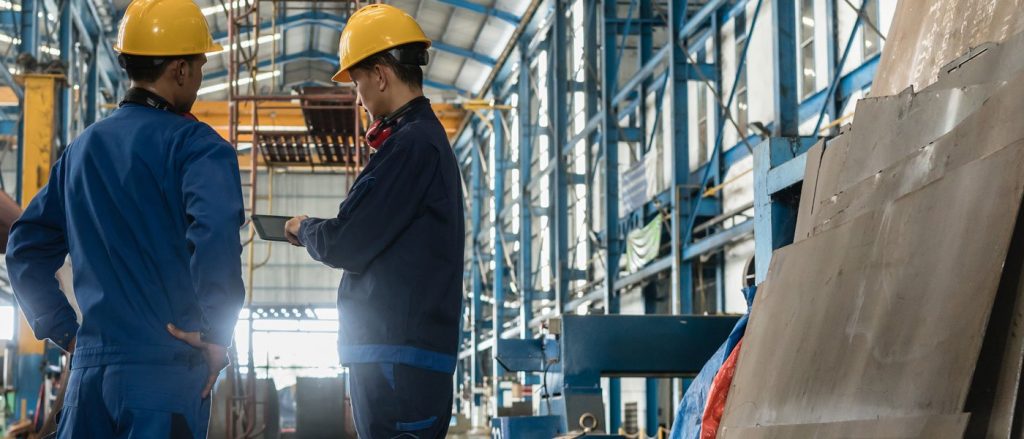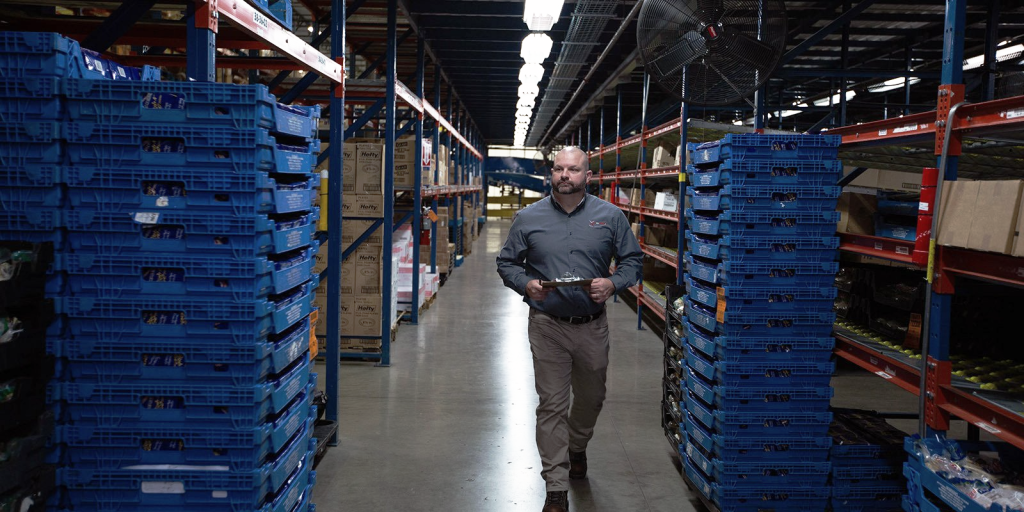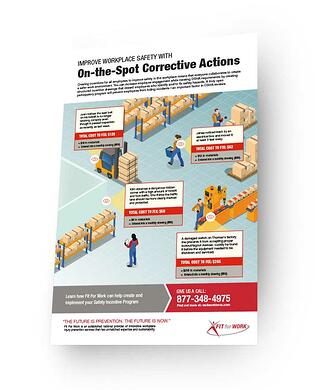As technology has evolved throughout the past several decades, businesses in every industry have done the same in order to improve the way they operate. The advent of innovations like the internet and artificial intelligence have revolutionized the way modern business is executed – primarily for the better.
Despite some very obvious positives, there are some downsides that become apparent when organizations begin to rely too heavily on these flashy new tools while throwing proven and timeless practices out the window. Among these practices is the ever-fading but ever-imperative element of human interaction.
The reason this happens is clear – because pain and injuries are complex and the allure of a digital process that can simplify them into a singular predictable data point is appealing from a management standpoint. But humans are not robots, and while there are some fantastic applications of AI in the prediction of injuries and pain, the delivery of the successful solution is where these technologies fall short.
Technology in injury prevention
When analyzing technology’s role in helping reduce injuries in physical and repetitive workspaces, we run into several issues if tech is relied on too heavily. This is primarily because pain in its nature is highly variable and personal to the worker.
When it comes to soreness and pain in the workplace, subjectivity, context, and past experiences (whether good or bad) all matter and play a significant role in how workplace challenges or pain are perceived and in how they can be resolved. A sensor or app simply doesn’t provide any level of empathy, which science tells us is a critical ingredient in healing and helping others. Technology isn’t able to decipher the contextual differences in someone’s challenges and pain by solely analyzing their positions and movements.
But humans of course can.
Adding the human element
While many continue to feverishly work toward digitizing and replacing one-on-one human interaction, Fit For Work is instead running toward it by leveraging technology to best know who needs it. We are using technology to facilitate better human interaction – not replace it.
But how?
As we mentioned earlier, technology can’t provide the subjectivity necessary to effectively address incredibly complex issues such as pain and soreness. It can, however, help remove layers of guesswork as to which employees are truly in need of one-on-one human interaction.
This is the objective of Fit For Work PREDICTS™ – our proprietary platform that leverages predictive analytics and real-time reporting to inform proactive intervention for employers. The platform looks at workers’ types and frequency of interaction, quality of movement, psychology, and past reported injuries to predict those that are most in need of help – before they realize they need it.
And while Fit For Work PREDICTS™ takes the guesswork out of who to interact with for our Onsite Injury Prevention Specialists, it also tees up the ability for the employer to achieve easy and effective positive interaction with employees. The dashboard is both Fit For Work and client facing that makes it easy to use while empowering safety and operational personnel to accurately identify those in need and collaborate with Fit For Work to deliver the most effective solution.
The Fit For Work partnership
In combining the Fit For Work PREDICTS™ platform with in-person support, we serve as a partner with employers – not just another vendor. Together, we remove guesswork and facilitate interactions to help the employees most in need.
Both Fit For Work and the employer have the opportunity to actively engage at-risk workers. From the employer standpoint, the ability to provide a quick and positive touch point and connection with the employee is invaluable. And this is made easier than ever knowing that Fit For Work will also engage to address any of the leading indicators to an injury. Thus the employer is able to receive candid and usable feedback from the employee, while the employee is made to feel cared for and listened to in the workplace. This has an impact beyond injury prevention, also tapping into employee morale and retention .
Fit For Work PREDICTS™ has become a pillar of Fit For Work’s process, and is implemented throughout all phases of our offering. In combining its data-driven method with our human interaction in the areas of Early Intervention and Ergonomics, we are reshaping the way employers achieve a safe and productive environment for their workers.
Contact us today to take your first step into the future of injury prevention.





